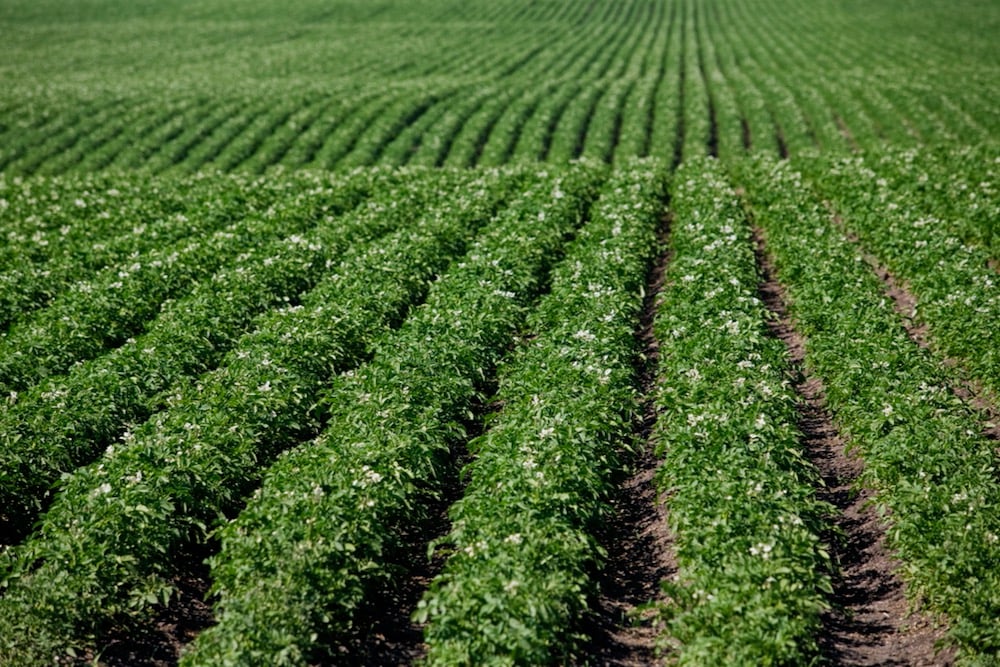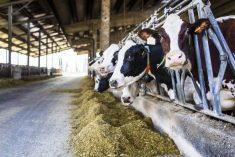Click on thumbnail map to see accummulation in Western Canada. Most of it will fall on Thursday-Friday.
Additional heavy rain is expected in the U.S. southern Plains.
WINNIPEG (Reuters) — Rain looks to splash parched farms on Western Canada’s Prairies over the next week as concerns mount that soil is too dry for canola to grow normally.
Offsetting the concern somewhat is the region’s brisk pace of planting, which may wrap up by the weekend.
The southern Prairies will be lucky to receive 1/2 an inch to one inch of rain this week, said Bruce Burnett, weather and crop specialist at grain handler CWB.
“We certainly do need it. Dryness is the most pressing problem right now.”
Most of southern and central Alberta, especially on the eastern side of the province, along with western Saskatchewan, received less than 40 percent of average precipitation in the past month, according to Agriculture and Agri-Food Canada.
Read Also

Alberta Crop Report: Rains in the south, dryness in the north
Rain fell onto the southern half of Alberta last week, while hot and dry conditions persisted in the northern half, according to the province’s crop report released on July 18.
ICE Canada new-crop November canola futures have gained six percent since mid-April. Chicago November soybeans have lost five percent over the same period, with the U.S. crop developing rapidly.
Keith Gabert, a central Alberta agronomy specialist at the Canola Council of Canada, said dry conditions have not yet damaged yield prospects.
An inch of rain would help crops start growing in the driest areas, but more would be needed soon, he said.
“We need a good soaker of a rain to change the scenario.”
Dry conditions can be fixed quickly and June is typically a wet month. Manitoba was dry, but heavy rain around mid-May left some areas slightly too wet, Burnett said.
Gail Martell, meteorologist at Wisconsin-based Martell Crop Projections, said southern and central Alberta are likely to see 3/4 to 1-1/2 inches of rain by Monday, which would be “highly beneficial.”
Even so, the El Nino weather phenomenon suggests that dry conditions could dog the Prairies through much of the summer.
“More often than not there are dry summer growing conditions with the El Nino” on the Prairies, she said.
Burnett estimated that 93 percent of Western Canada’s seeding is complete, compared with the norm of 75 percent.
















